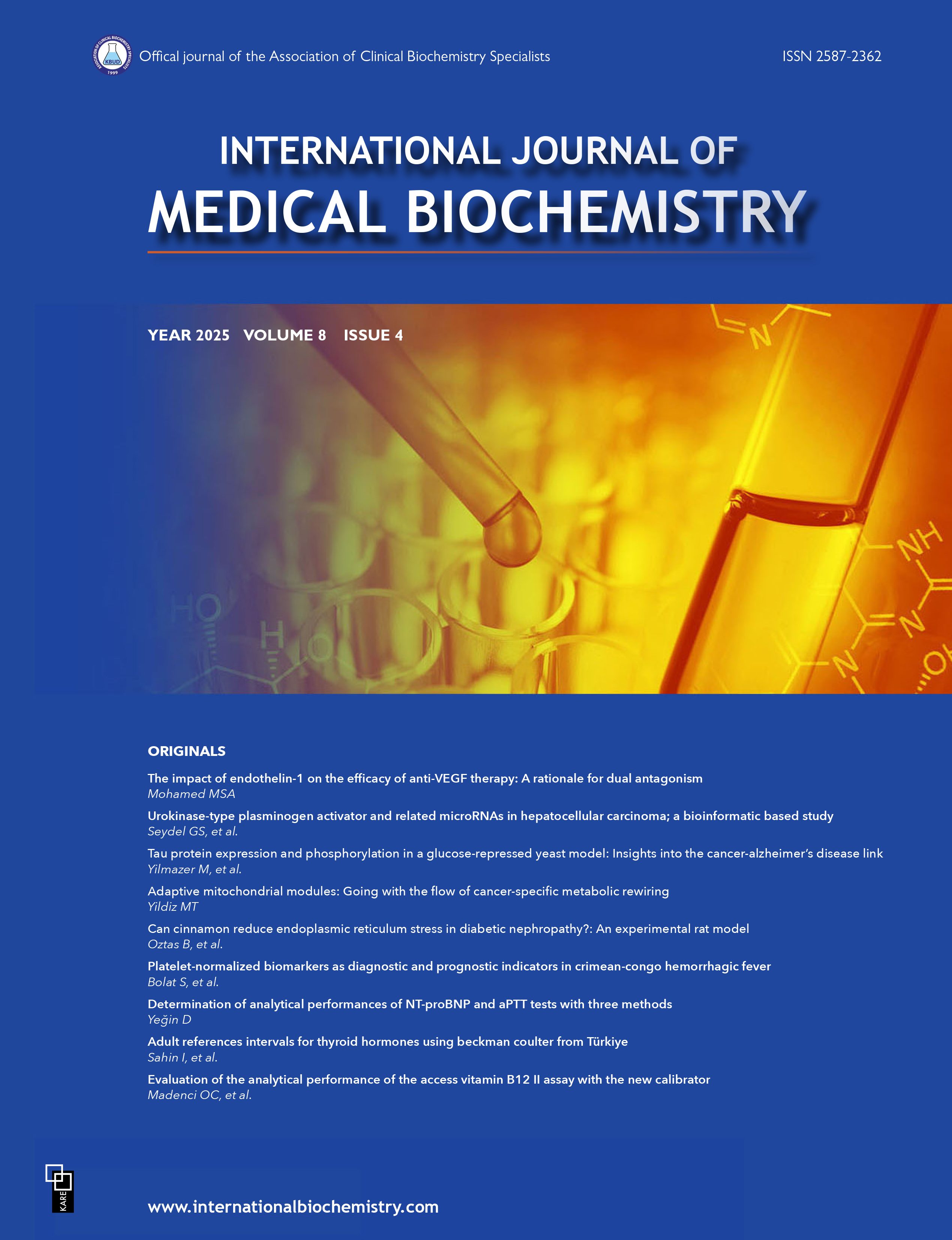Evaluation of biochemistry laboratory quality indicators according to the national Laboratory Error Classification System
Medine Alpdemir, Mehmet Fatih Alpdemir, Aslihan TemizDepartment of Clinical Biochemistry, Balikesir State Hospital, Ministry of Health, Balikesir, TurkeyINTRODUCTION: The national Laboratory Error Classification System (LECS) was developed by the Turkish Ministry of Health in 2015 to improve the quality processes of laboratories and enhance patient safety. This study was an evaluation of laboratory processes and quality indicators (QIs) in biochemistry laboratories according to the LECS criteria.
METHODS: This retrospective study included 4757 samples of a total of 649,001 samples collected between October 1, 2015 and December 30, 2016 and classified according to the LECS. The data regarding the number and type of rejected samples were obtained from the laboratory information system of Balıkesir State Hospital. Laboratory processes were also analyzed according to the LECS categories and counted on a monthly basis. The data were expressed as percentages.
RESULTS: The rate of error in the pre-, intra-, and post-analytical phase was 81.7%, 1.7%, and 16.6%, respectively. Overall, the most common error type was a clotted sample (0.28%). The primary location of error was the emergency service (25.6%). The time intervals during which the most errors occurred were 8: 00-12: 00 and 12: 00-16: 00 (30%). The professional group that made the most errors was the nurse group (64.6%).
DISCUSSION AND CONCLUSION: Different QIs have been used in clinical laboratories in Turkey and in the world in recent years to comply with the requirements of accreditation standards. In the present study, QIs were evaluated according to the LECS. These indicators provide a means to compare the performance of individual laboratories. These results may contribute to future laboratory test procedures and reduce error rates.
Manuscript Language: English







